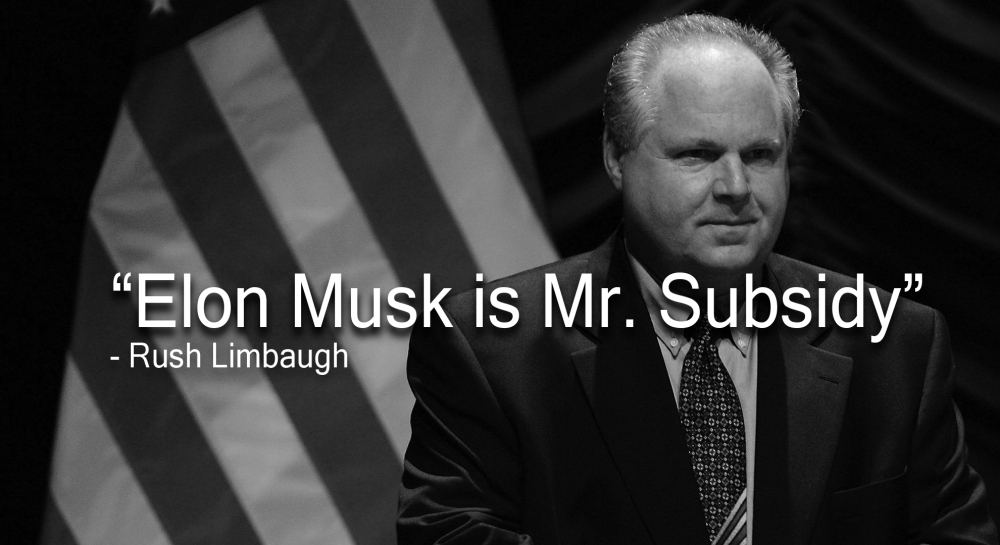Earlier this month, a Falcon 9 rocket blew up and destroyed a Facebook satellite. This is not the first time that this happened. If Musk wants to send humans to Mars, he and his team at SpaceX must find a way to fix this issue.
News.com.au added that Elon Musk’s massive plan for SpaceX will definitely affect Tesla’s future. It was noted that, currently, the car manufacturer is already facing too many risks. It is losing so much money right now, money which it may not be able to get back in the future.
The publication reported that Musk has a lot of things going on right now. First, SpaceX has plans with NASA, aside from the Mars thing. Next, he recently took on SolarCity’s debt, which is costing him money. It is highly likely that these issues will take its toll on Tesla.
Read more "Can Elon Musk’s Mars Plans For SpaceX Prove To Be The Demise Of Tesla?"